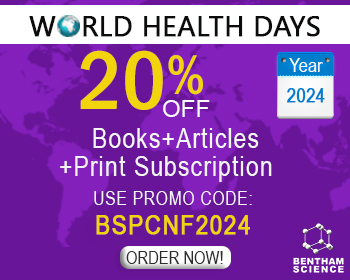Abstract
The full-scale commercial appearance of antibiotics in the 1950s caused a shift of the nature of our lethal diseases from infectious / acute to non-infectious / chronic. In this situation, biological response modifiers (BRMs), which are not based on selective toxicity, are expected to be useful. There exist several types of BRMs, including retinoids which act directly on cells at the gene expression level, and thalidomide (and related molecules) which modulate internal circumstances of our body. We have been engaged in medicinal chemical / structural development studies based on these bio-active compounds. Retinoids include all-trans-retinoic acid (ATRA), a major active form of vitamin A (retinol), and its bio-isosters, which elicit their biological effects by binding to their nuclear receptors, RARs. ATRA has been used in differentiation therapy [typically for the treatment of acute promyelocytic leukemia (APL)] and the treatment of dermatological diseases. Our structural development studies of retinoids, including computer-assisted molecular design has yielded class / subtype-selective agonists, synergists and antagonists of RARs and their partner nuclear receptors, RXRs. Thalidomide elicits a wide range of pharmacological effects, including anticachexia, anti-angiogenic and anti-metastatic activities. We have found that thalidomide is a multi-target drug. Hypothetical target events / molecules of thalidomide include TNF-α production, nuclear androgen receptor, aminopeptidases, and α-glucosidase. Specific and potent compounds for each of these target phenomena / molecules have been prepared by appropriate modification of the thalidomide structure, and are expected to be superior lead compounds for novel immunomodulators, anti-angiogenic agents, and anti-tumor promoting agents.
Keywords: biological response, retinoids, thalidomide, tnf production, nuclear androgen receptor, anti-angiogenic agents, cell toxicity

























